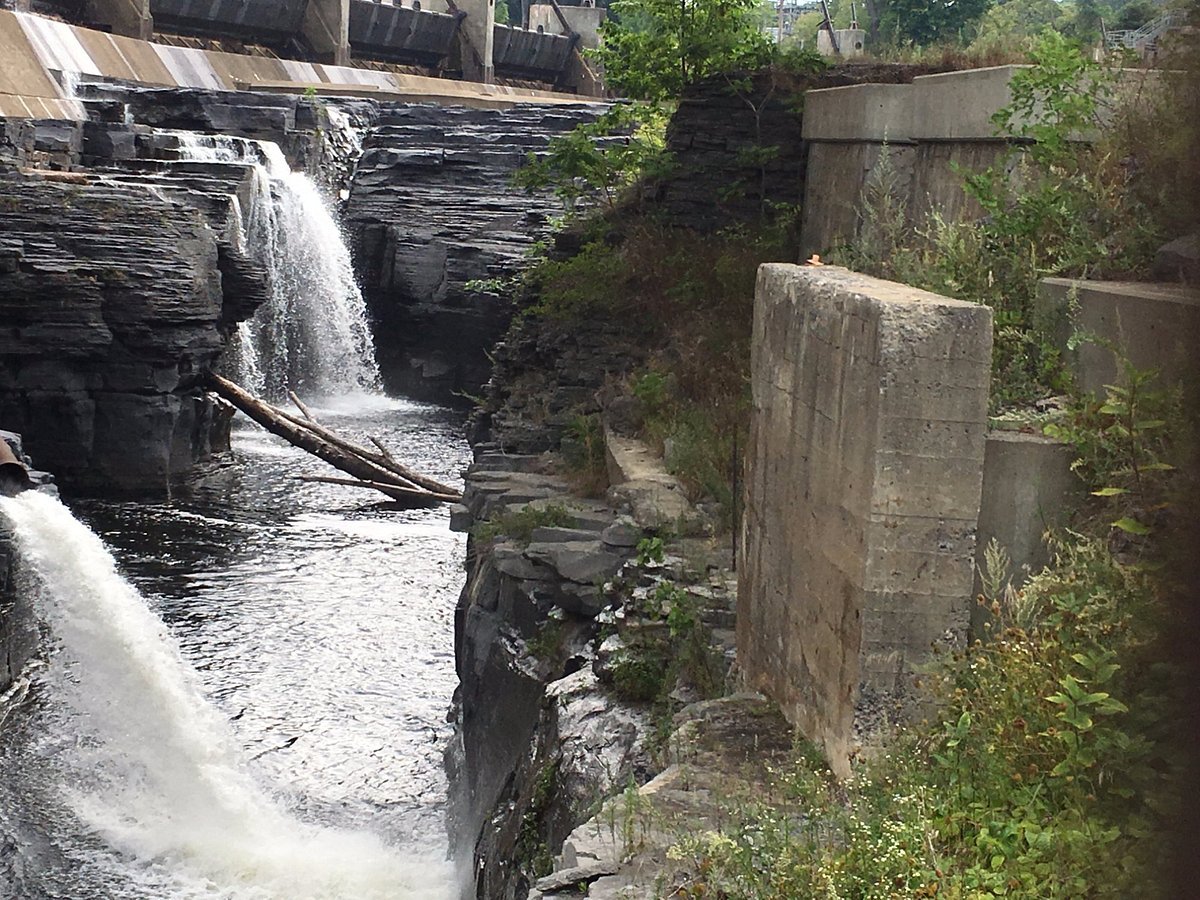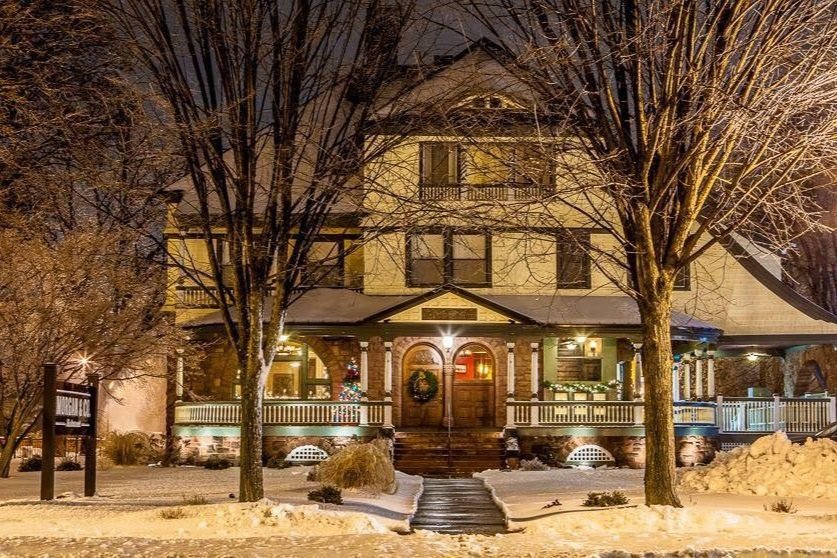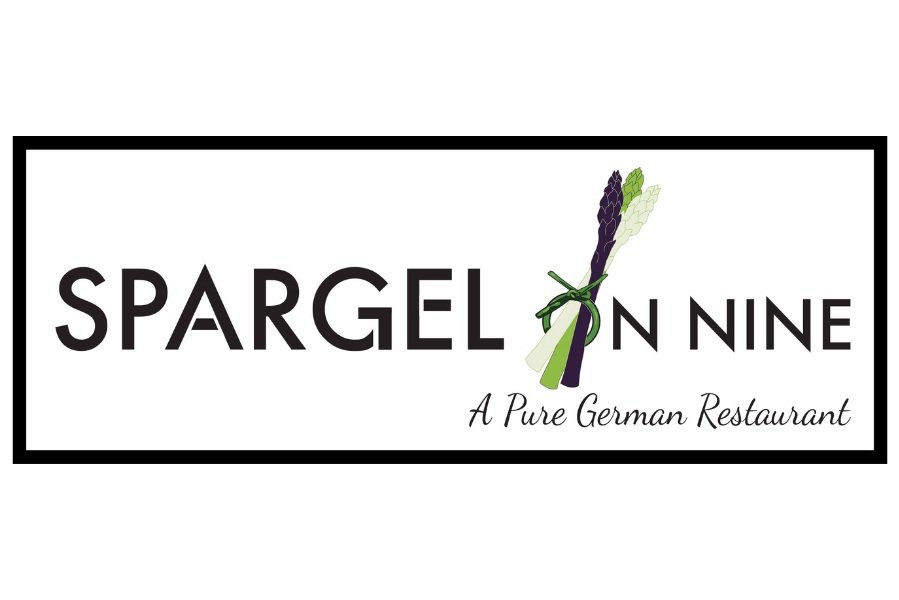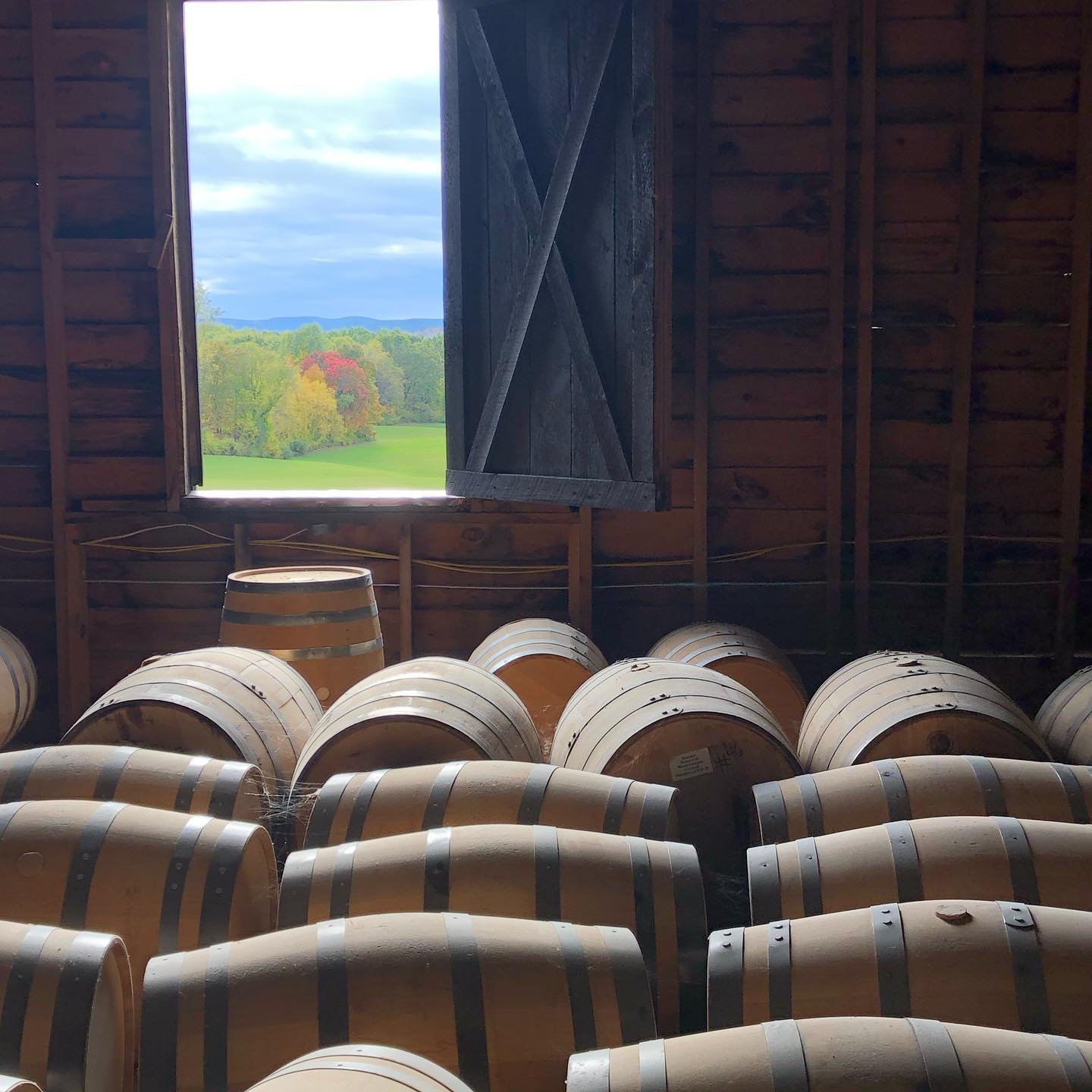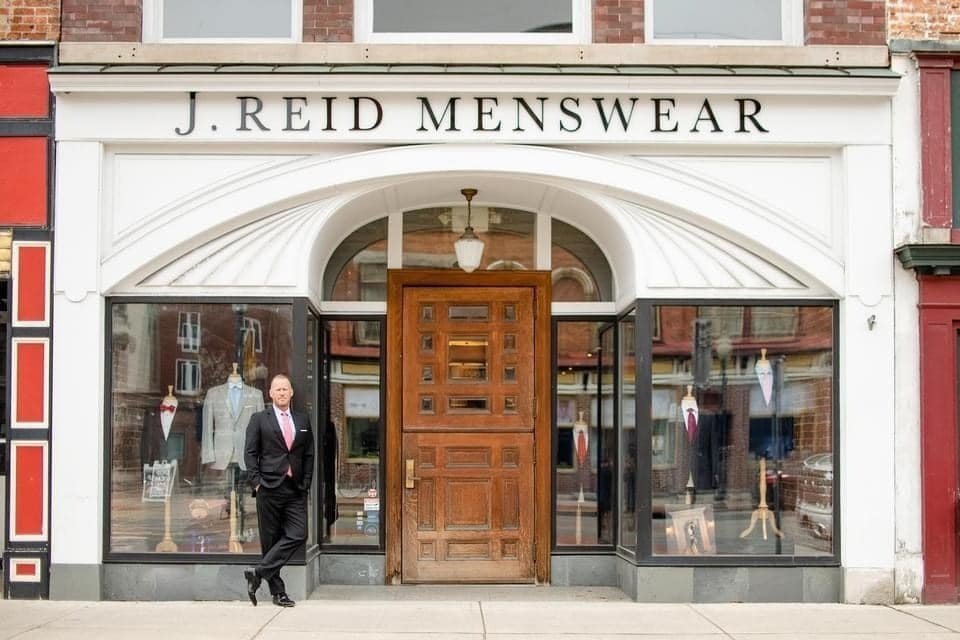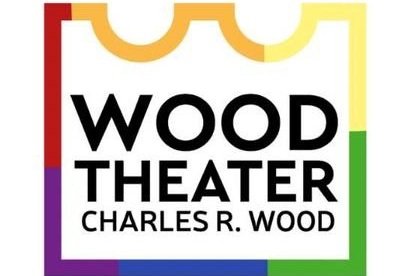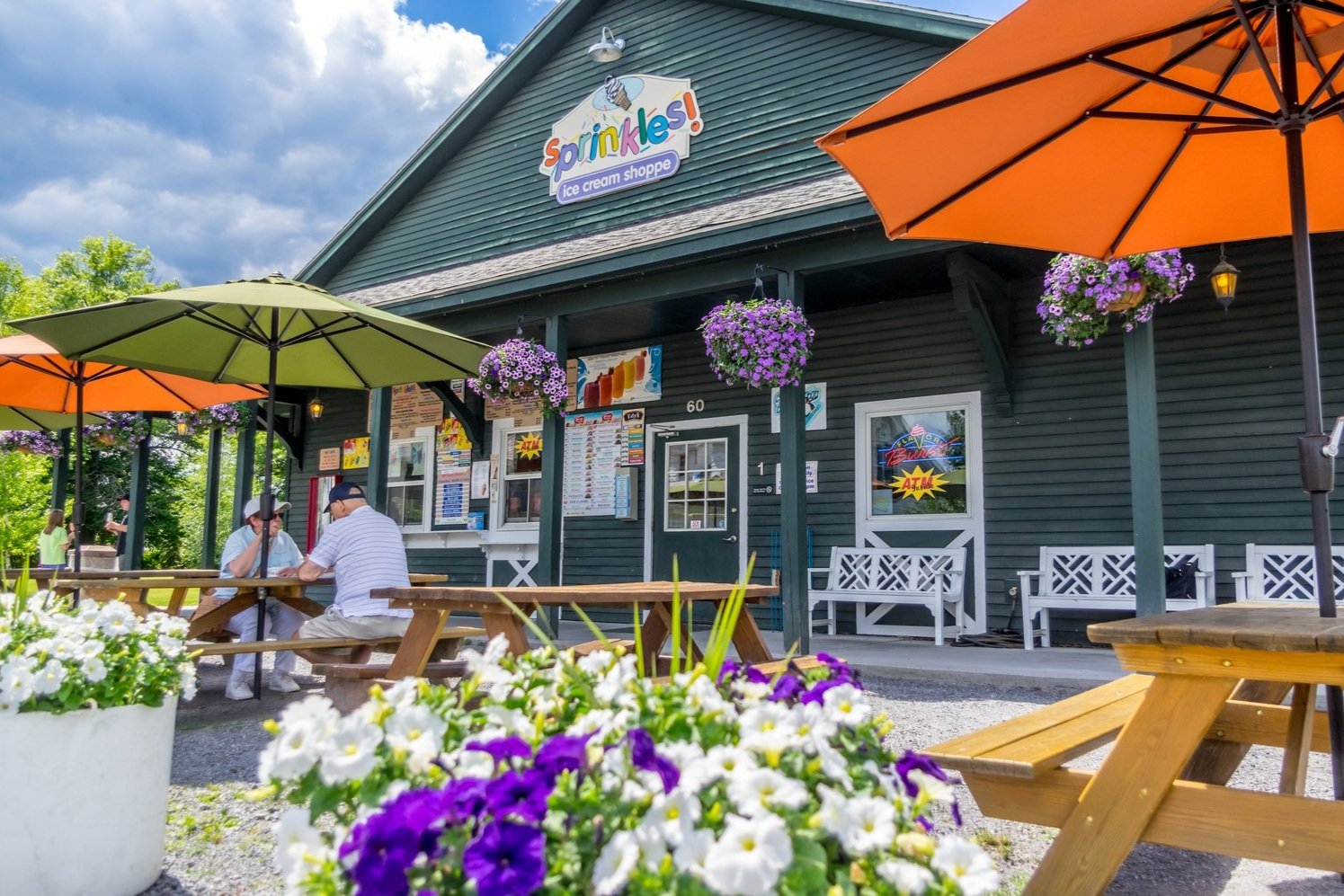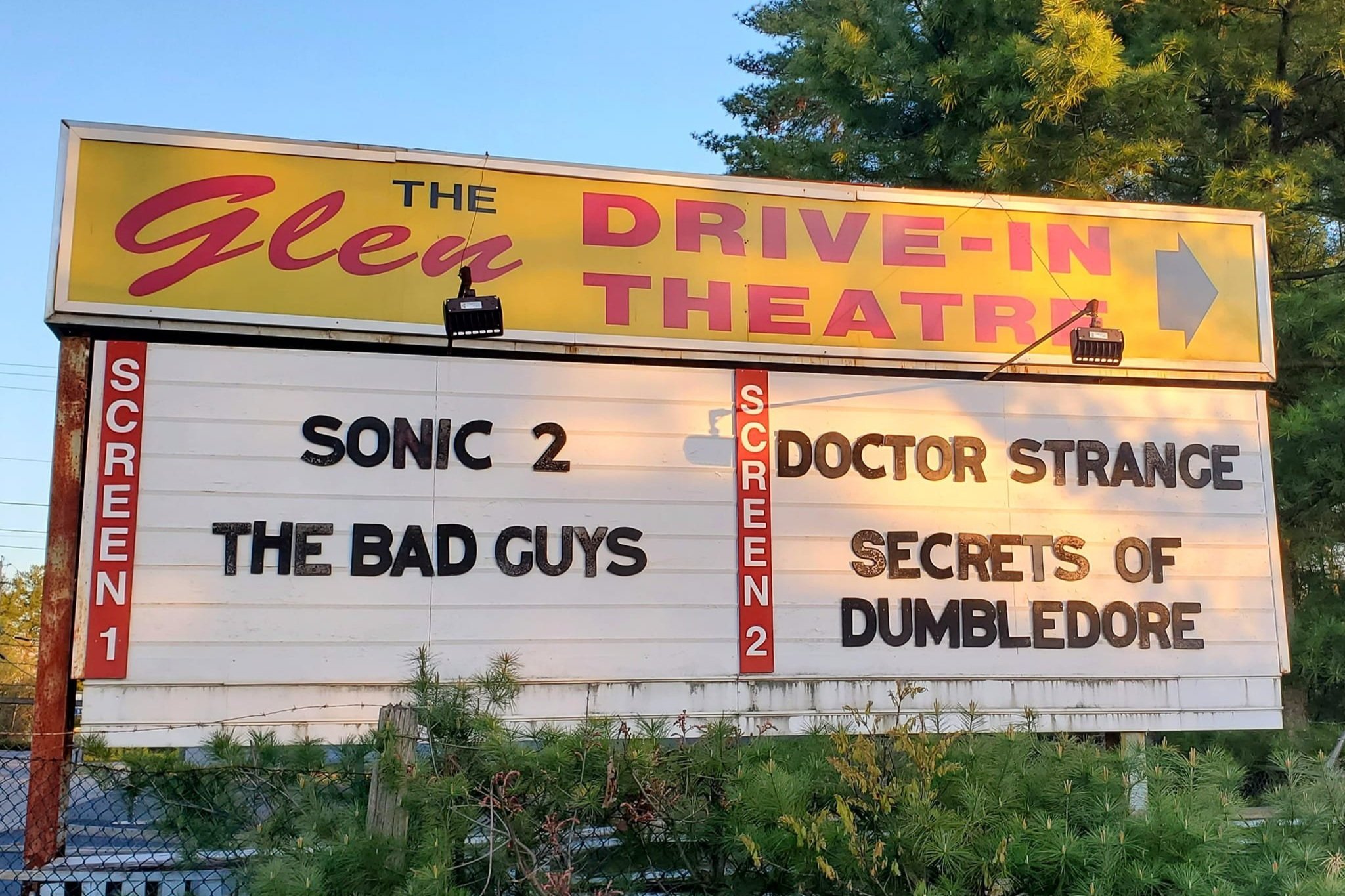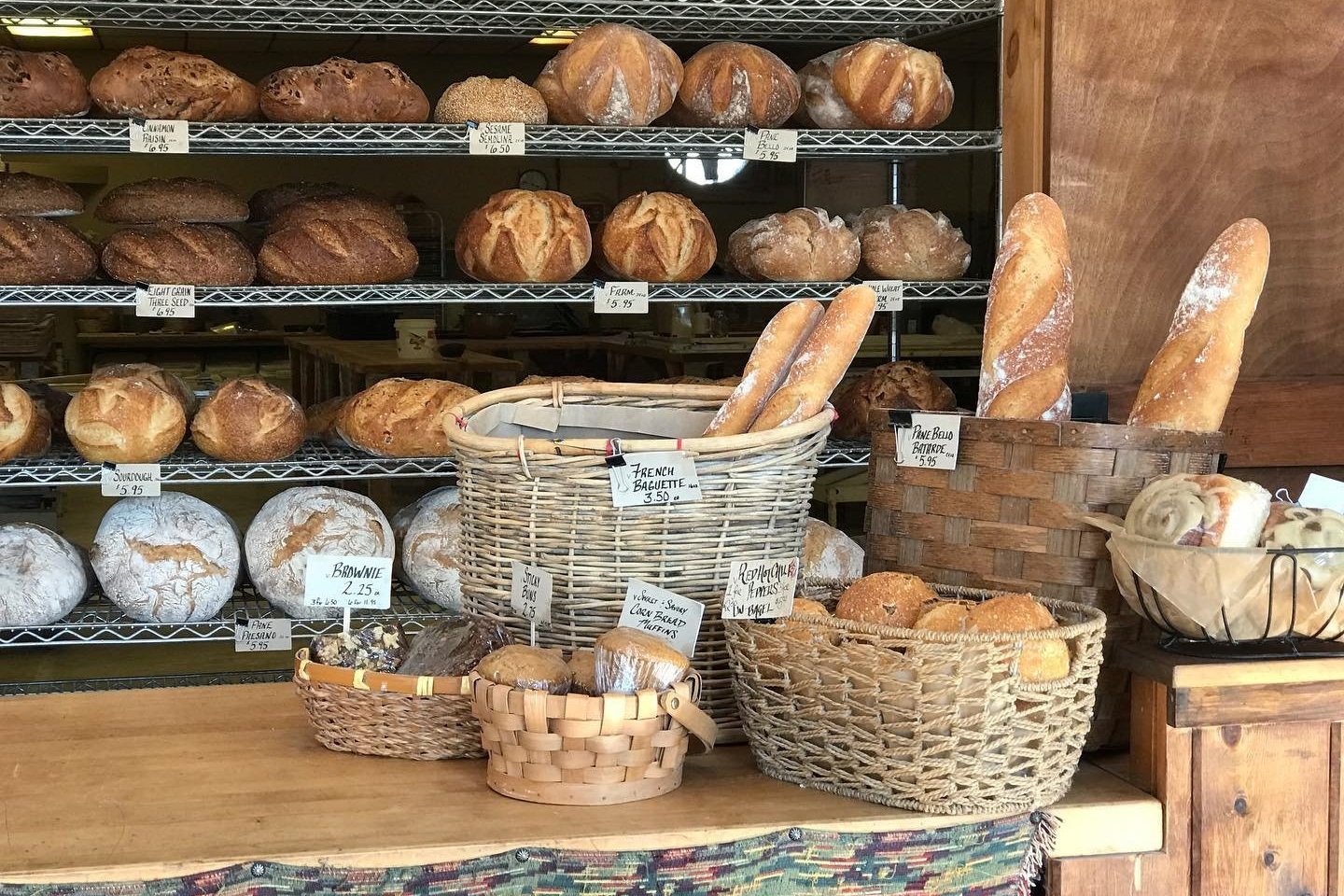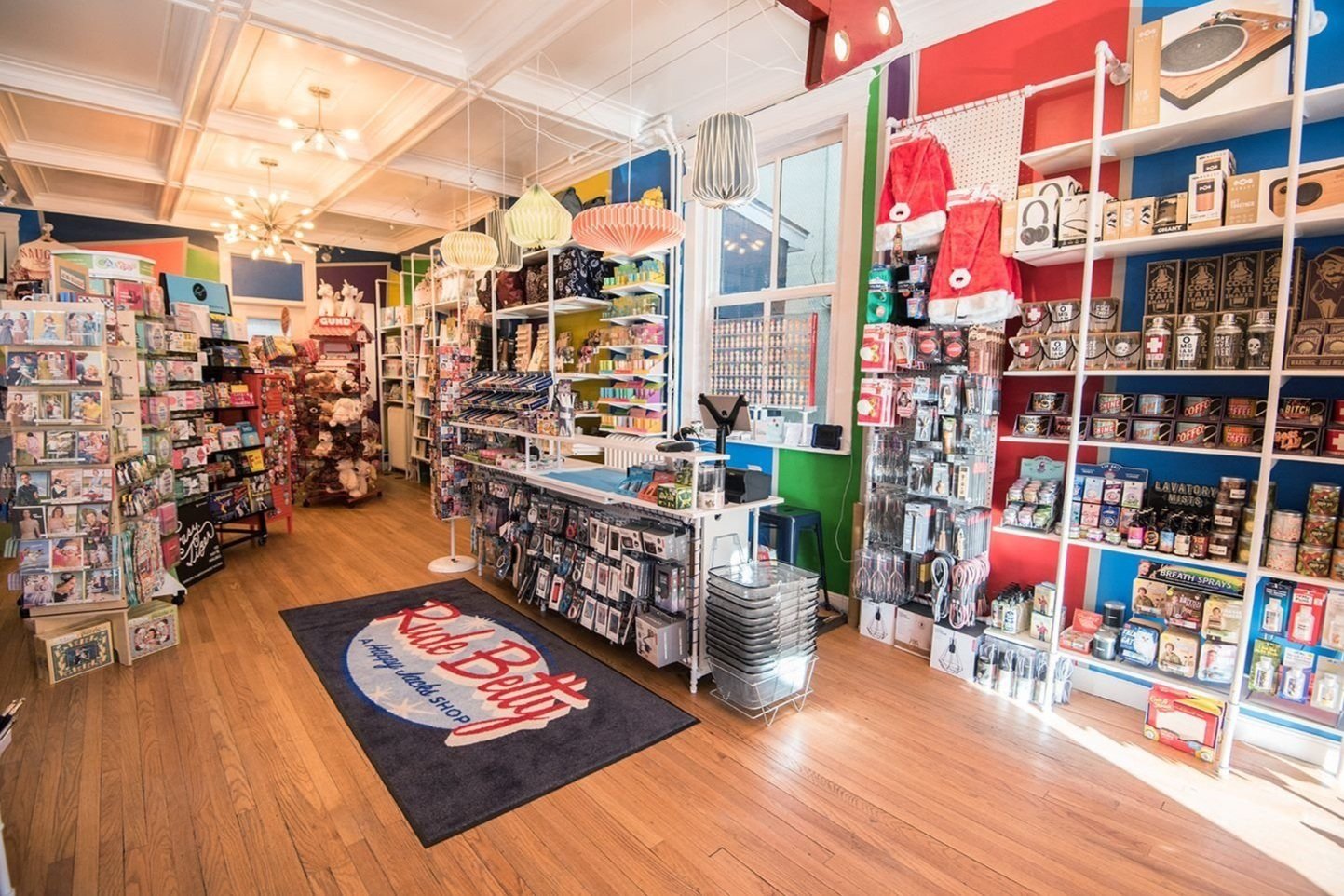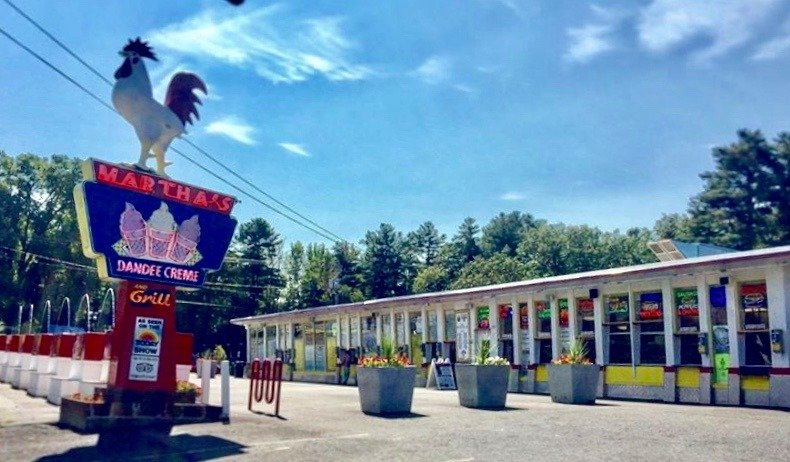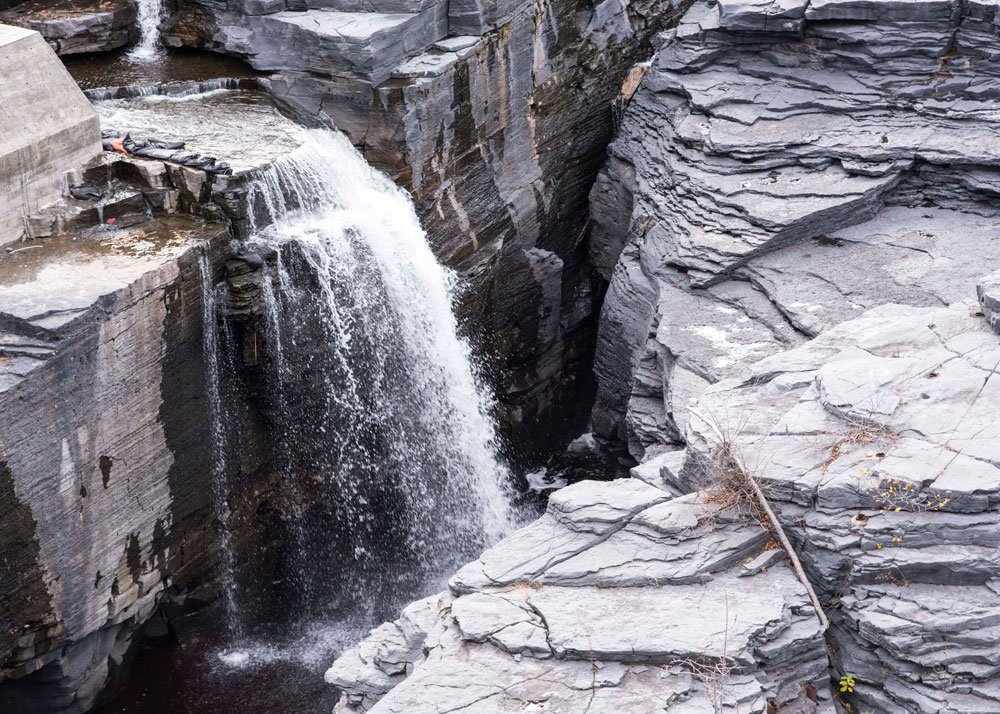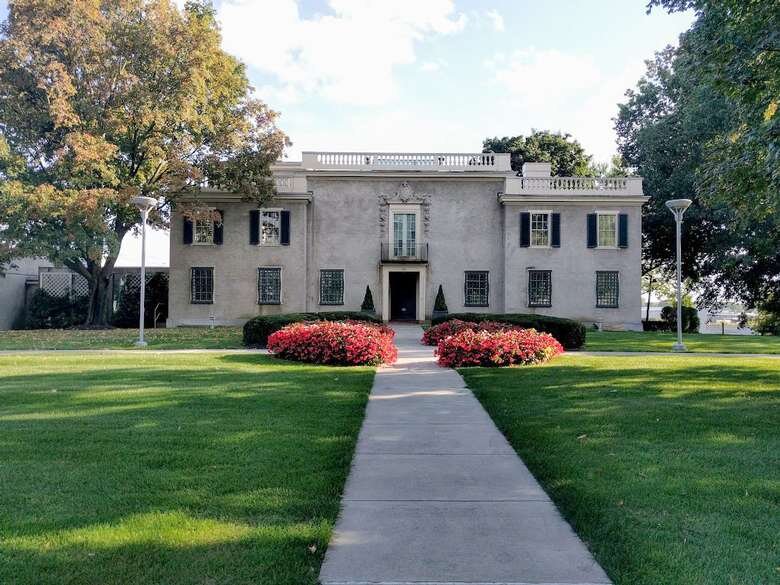James Fenimore Cooper’s Inspiration for “Last of the Mohicans”
Check out the spot that inspired the great American novel and movie “The Last of the Mohicans,” set in the Adirondack Mountains.
Did you know that right in downtown Glens Falls, New York, is the real-life inspiration for one of the great American novels, James Fenimore Cooper's "Last of the Mohicans"?
In the early 19th century, Europeans considered the Adirondacks a vast, inhospitable wilderness. A 1771 map of the area shows the region as a blank space in the northeastern corner of New York. According to one account, Native Americans referred to the place as "the Dismal Wilderness, or the Habitation of Winter."
Yet, after hearing tales of the French and Indian Wars and gaining a better understanding of the territory, James Fenimore Cooper (JFC) led a party of Englishmen, including Lord Edward Stanley, into the Southern Adirondacks in 1825. The latter would later become the 14th Earl of Derby and Great Britain's Prime Minister during the reign of Queen Victoria.
Stanley noted in his journal that "Cooper… was much struck with the scenery he had not before seen" as they crossed the Hudson River at Glens Falls on their return trip to Saratoga.
That scenery included caves where the novelist would, in fact, set one of the most famous scenes in his classic novel, 1826’s "The Last of the Mohicans: A Narrative of 1757.” JFC’s report of what he observed there may constitute the first citation of a legit American Roadside Attraction.
The cave is not the only site in the novel one can still visit today. Follow Route 9 North to visit the faithful recreation of Fort William Henry in Lake George.
Some literary authorities proclaim the hero of the novel, Natty Bumppo, was the first American frontiersman character--the tough and savvy loner that influenced everyone from Josey Wales to Han Solo. Bumppo was the child of white parents, grew up among Delaware Indians, and received his education from Moravian Christians.
As an adult in the novel, he is a near-fearless warrior skilled in many weapons, chiefly the long rifle. He is often shown alongside his Mohican foster brother Chingachgook and nephew Uncas.
Academics often commend JFC for presenting Native Americans in an authentic and empathetic light rather than bloodthirsty savages, as portrayed by many of his contemporaries.
Visitors to the area today can catch a glimpse of Cooper's Cave, nestled under Cooper's Cave Bridge, connecting South Glens Falls and the City of Glens Falls. The story and legend are perhaps more impressive than the present-day site, which sits below a hydroelectric plant. Still, we like to use our imaginations, and it’s not hard to envision the impression the area would make in the minds of travelers in the 1820s.
We highly recommend following up your visit with a stop at an ADK Taste favorite, Fenimore’s Pub, in the historic Queensbury Hotel, and viewing the mural depicting a scene from JFC’s famous novel on display in the hotel’s lobby.


